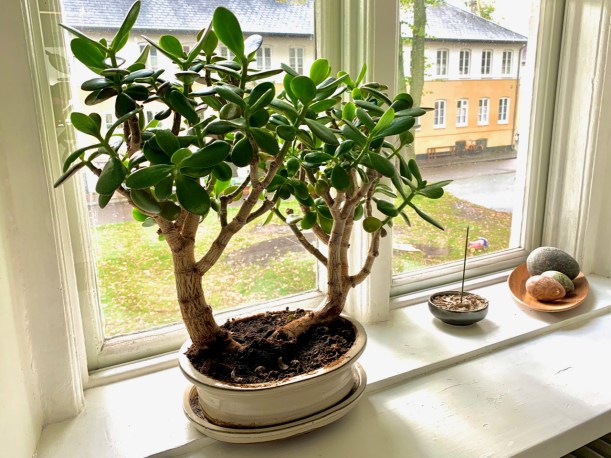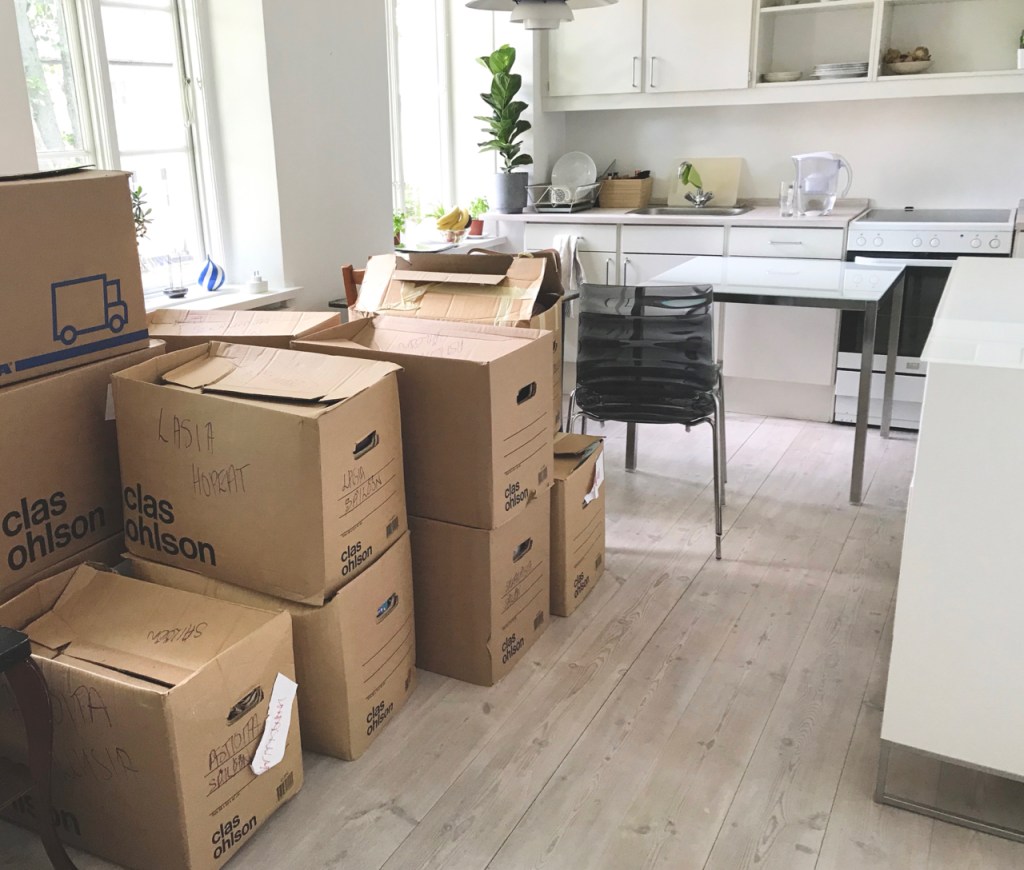On the last day of December, over a home-cooked borscht soup, we said goodbye to the unforgettable 2020. In retrospect, it was not too far from the sci-fi books written throughout the twentieth century, projecting some futuristic craziness like a viral pandemic. In December 2019 I knew I would need to find a new job some time during 2020, but I thought I would first spend January studying more Spanish in San Sebastián; February in the US Midwest, visiting dear friends; April in Kyoto finally experiencing Japan and the cherry blossom season; and the summer in the cottage in Finland followed by a panchakarma somewhere warm like Sri Lanka. It was going to be the year I turned forty, and I wanted it to be free and fabulous. I wanted to redirect my career, but not until after the summer.
Well, nothing is as constant in life as change. Turns out the themes of my 2020 were COVID-19, Copenhagen, and Alzheimer’s disease. The first requires no introduction; the second I covered here; and the third is nothing new (my mother was diagnosed in 2017), but combined with the pandemic our family has been balancing on a tightrope all year long. For my part, the last monthly weekend visit turned out to be just days before lockdown in March, after which I had to lose days in post-travel quarantine and lots of money in expensive private tests in Finland, in order to spend time with my family.
Instead of feeling free and fabulous at forty, I felt homeless, nearly jobless, and family-less in a foreign city I just moved to. The few local friends I had I could only see outdoors, for brief whiles. And so I turned into a productivity machine: I studied languages online, I completed a big creative project, I did a course in global public health, and I revised my career plans together with a kick-ass career coach.
I did not end up in Sri Lanka having cleansing tonics and massages twice a day. Instead, I signed a new job contract, decided to stay in Copenhagen, moved to another apartment, and spent six weeks in Finland over the summer. In the fall, I chose to put my head down and become productive in my new job by christmas. 2020 began to feel like a split reality: on the one hand, wasting away time stuck at home; and on the other hand, stock-full with five years’ worth of life experience in just twelve months.
Lots of looseness in life means lots of opportunity to rebuild. The coming year will continue to be a balancing act for my family, but we have grown closer, more communicative, and more functional. And so, as I enjoyed the last meal of 2020 and lifted a glass to toast the coming year with my family, I felt grateful for the shake-up of 2020 – and for the premonition that 2021 was going to bring a few strong aftershocks.
(Loviisa, Finland; December 2020)












